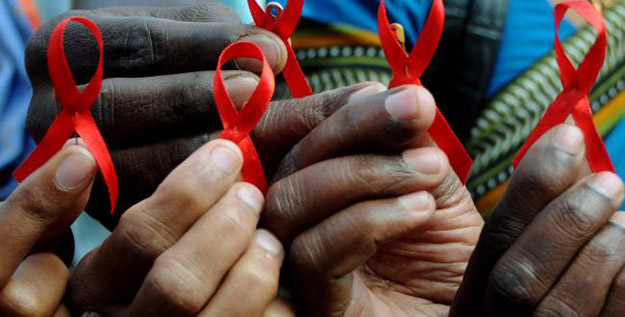
The Sunday Mail

Shamiso Yikoniko and Forward Nyanyiwa
As the country moves towards attaining the 90-90-90 targets by 2020 and the eradication of HIV and Aids by 2030, various interventions are being done and among them is a one-year window period for those at low risk of getting HIV infection.
A cocktail of interventions has seen Zimbabwe adopting the World Health Organisation (WHO) 2016 HIV testing Algorithm in order to minimise the chances of misclassification of HIV test results.
It is the extension of the waiting period for one to be re-tested.
“For most people who test HIV negative, additional retesting to rule out being in the window period is not necessary, they are at low risk of getting infection, there is no need to re-test them at three-month intervals because chances are high that they remain negative,” a senior official in the Ministry of Health and Child Care said.
“It makes sense for them to come at least after a year but for our key populations which comprise commercial sex workers, truck drivers, exposed infants and drug abusers and gays, they should be tested periodically so as to ascertain their HIV status.”
All along, a person was given a three-month waiting period from the day they came for HIV testing.
However, it is difficult to ascertain the day that one gets infected, rendering the window period irrelevant.
The HIV window period refers to the time after infection and before sero-conversion, during which markers of infection (HIV-specific antigen and antibodies) are still absent or too scarce to be detectable.
Standard screening tests cannot reliably detect HIV infection until after the window period has passed.
According to the Guidelines for Antiretroviral Therapy for the Prevention and Treatment of HIV in Zimbabwe (December 2016), individuals with inconclusive HIV test results should be tested after 14 days and individuals on post-exposure prophylaxis (PEP) and those on pre-exposure prophylaxis (PrEP) should be re-tested after three months.
Key populations are tested according to risk assessments with a three-months suggestion.
Health and Child Care Ministry’s Aids and TB Unit director, Dr Owen Mugurungi, said Zimbabwe has gone through the process of adopting these WHO guidelines and adapting them to our local context.
“Our local guidelines are based on the latest WHO guidelines, which basically provides guidance on policy and implementation frameworks in HIV programming, based on the latest evidence.
“This means we have improved evidence on more cost effective and efficient ways of preventing people from contracting HIV and also for ensuring that those living with HIV can have improved access to treatment,” explained Dr Mugurungi.
“Therefore, we believe that full implementation of these guidelines will catapult us closer to meeting our 90-90-90 targets by 2020.”
UNAIDS predicts that by 2020, 90 percent of all people living with HIV will know their HIV status, 90 percent of all people diagnosed with HIV will receive sustained anti-retroviral therapy (ART) and 90 percent of all people receiving ART will have viral suppression.
In Zimbabwe, 74 percent of people living with HIV (15-64 years) report knowing their HIV status. And among people living with HIV (15-64 years), 86 percent are currently on ART.
Among people living with HIV (15-64 years) who self-report current use of ART; 78, 7 percent are virally suppressed.
Dr Mugurungi added that they went through the process of adapting the WHO guidelines through a series of consultative meetings with experts, academics, stakeholders and people living with HIV.
“The guidelines have already been disseminated to all provinces and districts in Zimbabwe for implementation,” he said.
The new guidelines state that: “For most people who test HIV-negative, additional retesting to rule out being in the window period is not necessary because most people who receive HIV testing and test HIV-negative will not be at risk of recent infection.”
“Resting should only be done for a small minority who identify a specific recent suspected exposure, for example key populations (those who are at substantial or high risk of acquiring HIV).”
“In this regard, we recommend that the general population who are not at high risk should be tested once a year,”explained Dr Mugurungi.
The guidelines also provide guidance on the testing of pregnant and breastfeeding women. They entail that when someone tests HIV-positive and the result is confirmed, they should be counselled and when ready should be initiated on ART regardless of their CD4 count test result.
“Therefore, the new guidelines will assist in reducing new HIV infections and also improving the quality of lives for those living with HIV,” Dr Mugurungi said.
The country’s HIV prevalence rate has declined remarkably in recent years, dropping from as high as 24 to 14 percent.
Currently, approximately 1,4 million Zimbabweans are living with HIV.



